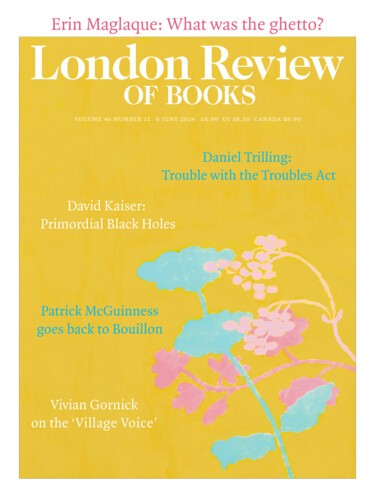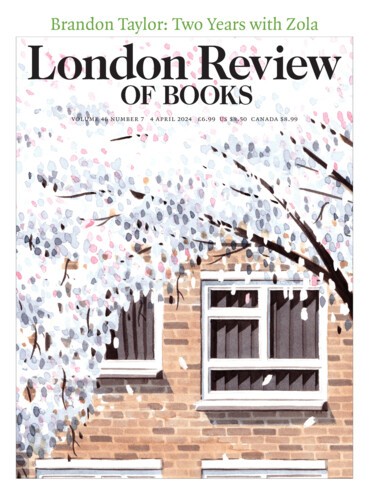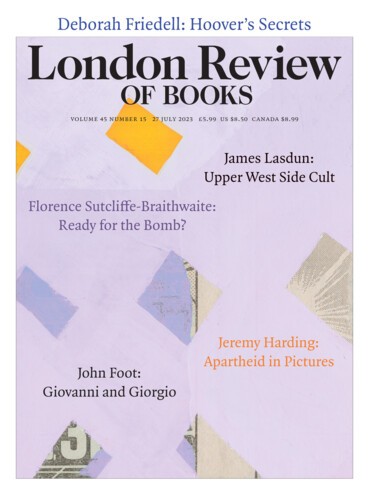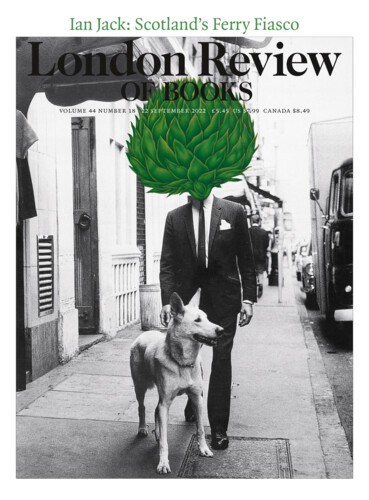On the Nightingale
Mary Wellesley, 6 June 2024
We walked in the darkness beneath beeches and hornbeams until, suddenly, we heard the sound of birdsong, an ethereal noise, a sound associated with daytime. What bird would sing the song of day two hours after dusk? Only a creature of myth, a night-singer, the nihtegala – from the Old English nihte and galan, to sing, call, enchant.
For thousands of years this night-singer’s song...





